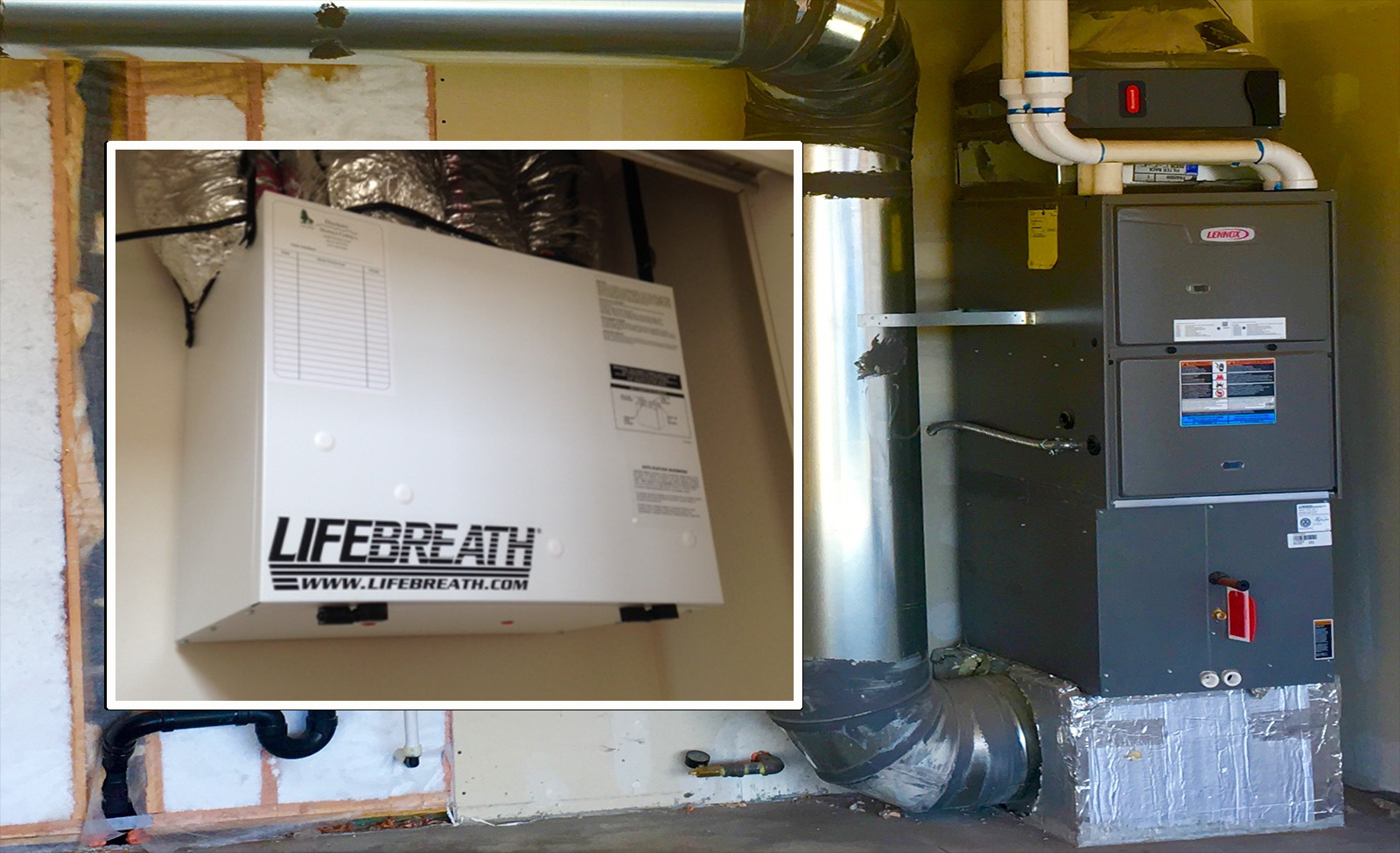HRV vs Other Ventilation Systems: Which Is Best
Wiki Article
Exactly How Heat Recovery Ventilation Boosts Indoor Air High Quality and Reduces Energy Costs
Heat Recovery Ventilation (HRV) systems play a vital role in enhancing indoor air quality while all at once reducing power expenses. By effectively exchanging stagnant interior air with fresh outside air, HRVs help maintain optimal moisture and minimize toxins. Additionally, their capacity to recuperate heat from outward bound air lessens the stress on home heating and cooling down systems. As energy prices remain to increase, comprehending the complete potential of HRV systems comes to be progressively essential for house owners and organizations alike.Comprehending Heat Recovery Ventilation Systems

Heat recovery ventilation (HRV) systems play a necessary function in enhancing interior air quality, specifically in modern, energy-efficient structures. These systems are developed to move heat from the outbound stagnant air to the inbound fresh air, therefore minimizing energy loss while maintaining suitable temperature levels indoors. HRVs contain a warm exchanger, followers, and ductwork, promoting the continuous circulation of air. By removing indoor contaminants and introducing fresh air, HRVs help to balance moisture levels, avoid mold growth, and lower allergens. The performance of HRV systems hinges on their capacity to recover approximately 80% of the warm from the worn down air, advertising power preservation while guaranteeing a healthy interior setting. Their combination is important in accomplishing lasting living techniques.
The Significance of Indoor Air High Quality
Indoor air quality (IAQ) is a crucial aspect influencing the health and wellness and well-being of residents in any kind of atmosphere. Poor IAQ can result in different health and wellness issues, consisting of breathing issues, allergies, and exhaustion. Furthermore, it can intensify status quo such as asthma. Factors adding to low IAQ include toxins from indoor sources like cleaning representatives, mold and mildew, and inadequate air flow. As a result, maintaining excellent IAQ is important for promoting a risk-free and comfortable living or working area. Efficient techniques to boost IAQ include regular surveillance of air high quality, proper ventilation systems, and minimizing using damaging materials inside your home. By focusing on IAQ, individuals can assure a healthier atmosphere that cultivates productivity and general lifestyle.Power Efficiency Advantages of HRV Solutions
Several homeowners and building managers are progressively acknowledging the power performance advantages of heat healing ventilation (HRV) systems. By transferring warm from tired interior air to inbound fresh air, HRV systems markedly decrease the energy needed for cooling click and heating. This process reduces dependence on standard cooling and heating systems, leading to reduced power costs. In addition, HRVs aid preserve a well balanced indoor climate, stopping extreme home heating or cooling down demands. The capacity to recover up to 90% of the heat from outbound air additionally sustains sustainability initiatives by decreasing general power intake. Subsequently, HRV systems contribute not only to cost financial savings but likewise to a reduced carbon footprint, lining up with the expanding focus on energy-efficient structure techniques.Installation and Upkeep Considerations
The efficient implementation of warmth healing ventilation (HRV) systems requires cautious factor to consider of installation and upkeep variables to ensure peak performance. Correct positioning of the HRV system is important, as it must be installed in an area that makes best use of air flow while decreasing noise interruption. Furthermore, ductwork has to be appropriately sized and insulated to avoid power loss. Routine upkeep, consisting of filter substitute and system cleansing, is essential to safeguard ideal capability and indoor air high quality. Proprietors ought to develop a regular maintenance timetable to identify and deal with possible issues before they intensify. Collaboration with experienced professionals throughout both installment and maintenance phases can improve the long life and efficiency of HRV systems, eventually resulting in far better interior atmospheres and lowered energy costs.
Real-World Applications and Success Stories
Checking out real-world applications of heat recuperation ventilation (HRV) systems discloses their considerable effect on interior air quality and energy efficiency across numerous setups. In household buildings, house owners have actually reported better click this site air top quality, causing less allergic reactions and respiratory issues. Schools implementing HRV systems have noted enhanced student concentration and reduced absenteeism due to better ventilation. Commercial structures, such as workplaces and retail rooms, have actually experienced reduced energy costs and enhanced employee productivity. A company workplace in a warm climate achieved a 30% decrease in power expenses after setting up an HRV system. These success stories show that HRV pop over to this web-site modern technology not only contributes to much healthier settings however likewise provides substantial monetary benefits, making it a valuable financial investment for different industries.Frequently Asked Inquiries
Can HRV Solutions Reduce Irritants in Indoor Air?
The efficiency of HRV systems in decreasing interior allergens primarily rests on their ability to filter and exchange air. HRV Heat Recovery Ventilation. By continually changing stale air, these systems can greatly lower allergen degrees throughout indoor atmospheres
How Does Moisture Affect HRV System Performance?
Humidity substantially affects HRV system performance; high levels can bring about condensation, minimizing effectiveness, while low humidity may boost air exchange. Balancing moisture is essential for perfect operation and preserving indoor air high quality.Are HRV Solutions Noisy Throughout Procedure?
HRV systems can create differing sound levels throughout procedure, depending on their design and installation. Some units run silently, while others might create recognizable audio, specifically at greater air movement settings or when inadequately preserved.What Is the Average Life Expectancy of an HRV System?

Can HRV Solutions Be Utilized in All Climates?
HRV systems can be utilized in numerous climates, yet their effectiveness may differ - HRV Heat Recovery Ventilation. In severe temperatures, changes or additional systems could be required to ensure excellent efficiency and convenience while preserving indoor air qualityReport this wiki page